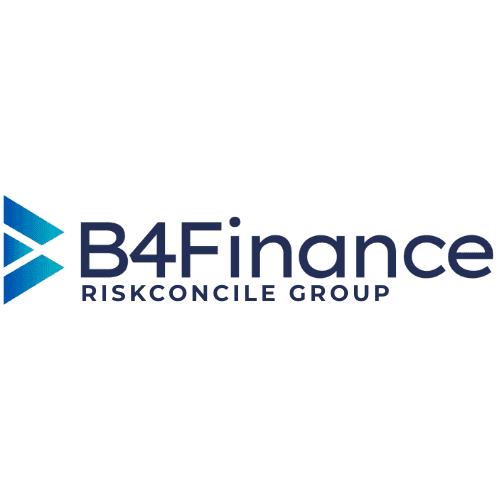Jul 22, 2025
On July 21, 2025, the U.S. Department of the Treasury’s Financial Crimes Enforcement Network (FinCEN) announced a two-year delay in the implementation of its Anti-Money Laundering (AML) rule for investment advisers. The rule, originally scheduled for January 1, 2026, will now take effect January 1, 2028. [source]
While the timeline has changed, the expectations — and the risks — remain.
This delay gives advisers more time to prepare, but it also signals that regulatory scrutiny is far from over. FinCEN has made clear that it intends to revisit the substance of the rule and align it with the pending Customer Identification Program (CIP) proposal.
At B4Finance, we see this as a moment for strategic reflection — not relaxation.
The FinCEN Rule: What’s at Stake
The rule aims to bring SEC-registered investment advisers (RIAs) and certain exempt reporting advisers (ERAs) under the Bank Secrecy Act (BSA), with obligations that include:
Establishing written AML programs
Appointing a designated AML compliance officer
Conducting periodic independent testing
Filing Suspicious Activity Reports (SARs)
According to FinCEN, this initiative addresses the risk that “criminals and foreign adversaries exploit the U.S. financial system and assets through investment advisers.” [source]
Why the FinCEN Delay Matters — and Doesn’t
FinCEN cited the need to balance regulatory costs with sector diversity and concerns raised by the industry. Many firms, especially smaller advisers, requested more time and alignment with the forthcoming CIP rule.
However, critics argue the delay increases systemic vulnerability. The FACT Coalition, for example, stated that postponing the rule “sends a signal to criminals and U.S. adversaries that they can continue to move illicit funds through the massive and opaque U.S. private investment sector with impunity.” [FACT Coalition, July 2025]
Their warning aligns with Treasury’s own findings that exempt reporting advisers — particularly in private equity and venture capital — present high risks of exposure to illicit finance, including connections to Russian oligarchs and sanctioned entities involved in sensitive technologies.
Risk Hasn’t Paused — Especially Geopolitical
In June 2025, FinCEN issued an advisory (FIN-2025-A002) on Iran-linked illicit finance, highlighting typologies involving:
“Shadow fleet” oil shipping disguised as “Malaysian blend”
Opaque offshore structures in the UAE, Hong Kong, and China
Fund flows supporting sanctioned groups like IRGC and Hizballah
FinCEN recommends that advisers update AML risk models and flag related SARs using the keyword “IRAN-2025-A002.”
Key Requirements to Keep in Sight of FinCEN
Despite the delay, FinCEN’s expectations remain rooted in five core AML pillars:
Compliance Officer: Appointed with oversight responsibilities
Internal Controls: Documented and risk-based
Ongoing KYC and Due Diligence
Employee Training: Annual and role-appropriate
Independent Testing: Periodic and objective
What Proactive Advisers Should Do Now
This extended runway presents a strategic opportunity, not just regulatory relief. Here’s how firms can use the time wisely:
Run a compliance gap analysis against the BSA framework
Review geopolitical exposures, including Russian and Iranian-linked clients or funds
Update due diligence procedures for complex structures and offshore entities
Choose tech partners early to ensure implementation readiness
Stay engaged with regulatory updates — the rule’s scope is likely to evolve
Supporting FinCEN AML Readiness at B4Finance
Our platform helps investment advisers navigate this complexity with confidence:
Multi-jurisdictional AML scoring — Build or tailor AML matrices
Smart KYC workflows — Streamlined investor onboarding
AI-driven ID verification — Detect fraud and spoofing
Perpetual screening — Daily PEP/sanctions list updates
Audit-ready exports — Shareable compliance documentation
Final Thoughts
FinCEN’s delay to 2028 buys time — but not certainty. The regulatory direction is clear, even if the final shape of the rule isn’t.
Investment advisers that act now — building controls, updating risk frameworks, and adopting smart tools — will be best positioned to navigate whatever shape the final rule takes.
In a sector where perception, trust, and preparedness increasingly define value, early action is no longer just best practice. It’s smart business.
Connect with B4Finance today to schedule your AML risk assessment and see how our platform can get you compliance-ready well before 2028.
Disclaimer: This article is for informational purposes only and does not constitute legal advice.












